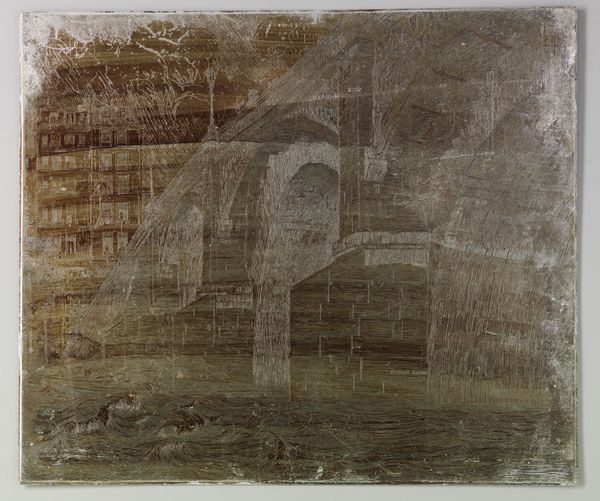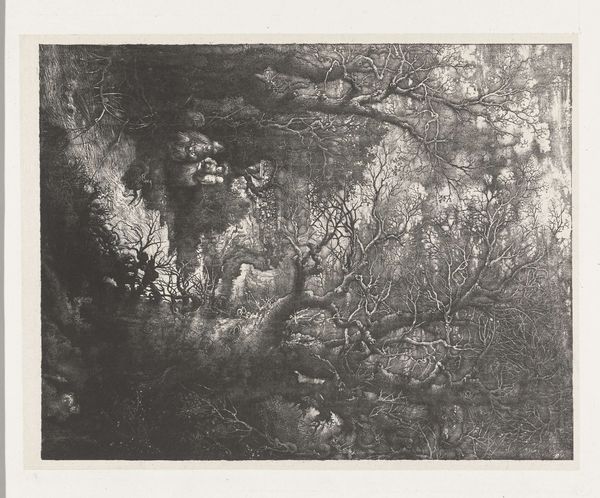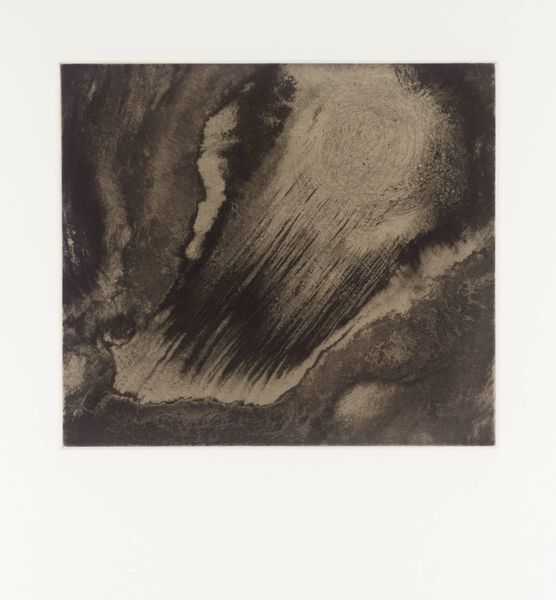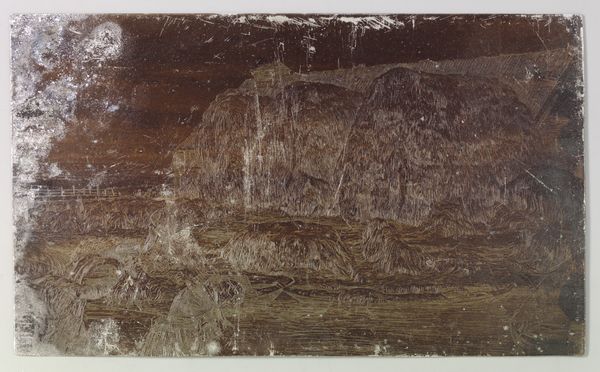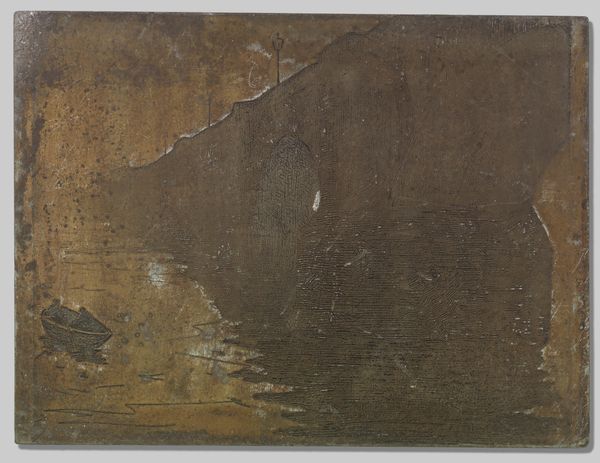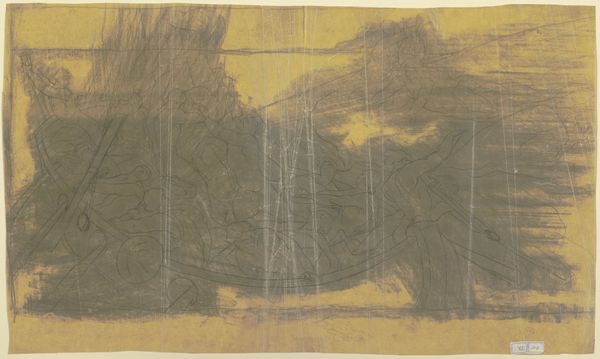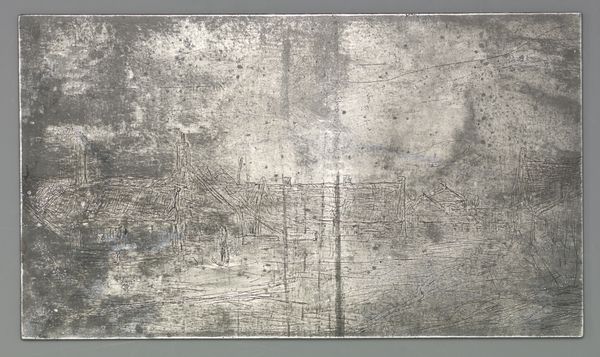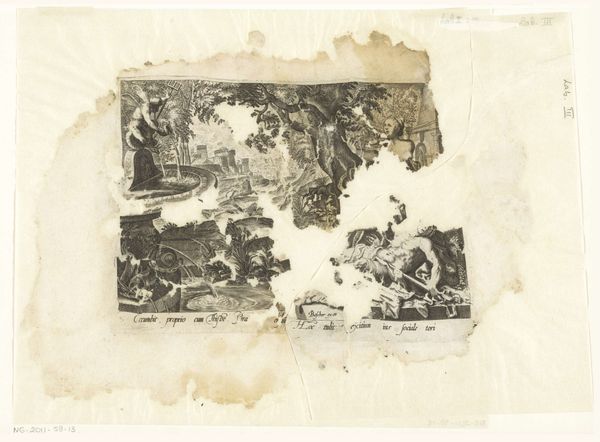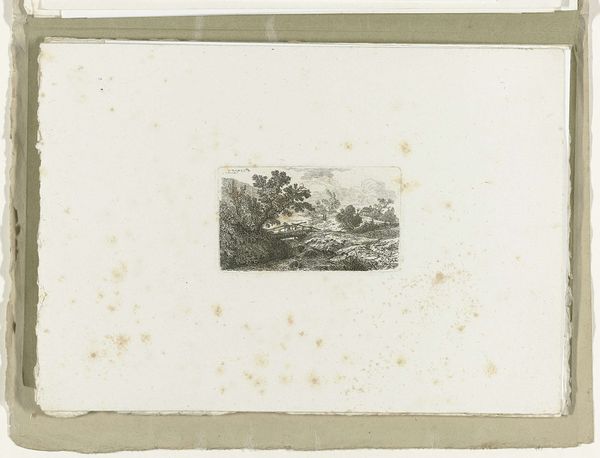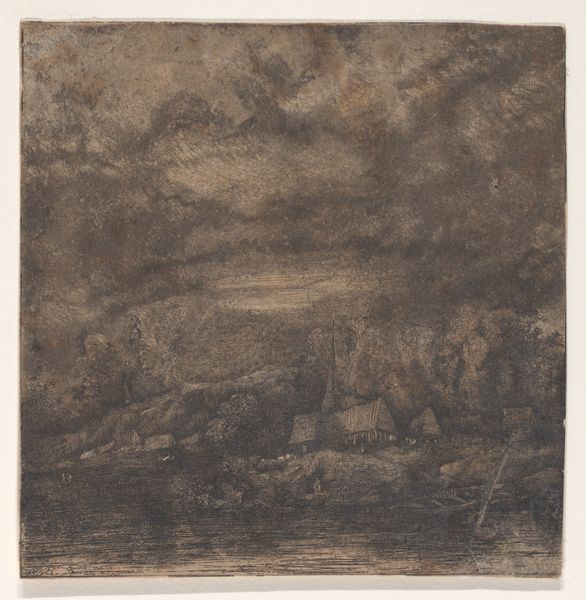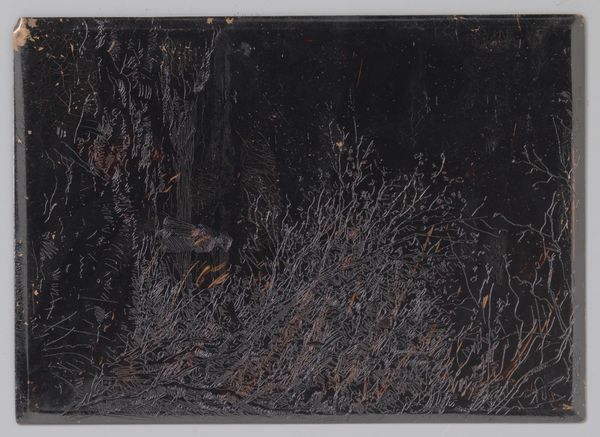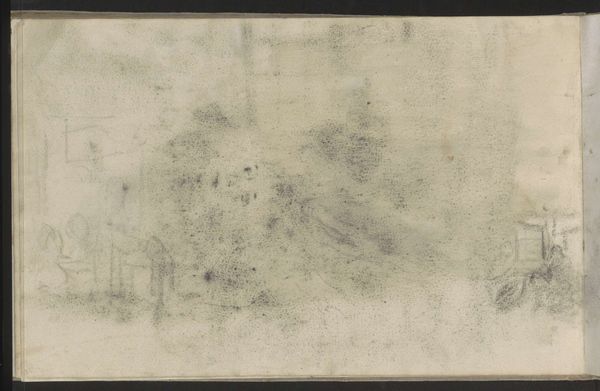
Dimensions: height 165 mm, width 211 mm
Copyright: Rijks Museum: Open Domain
Editor: This is "Schipbreuk" – that translates to "Shipwreck" – a gelatin-silver print made sometime between 1850 and 1913 by Emile Frédéric Salmon. It’s so evocative. I find it really unsettling. All those turbulent waves… What do you see in it? Curator: I see a powerful representation of the romantic era’s fascination with the sublimity of nature and human vulnerability, don’t you think? These shipwrecks… they are seldom accidental, are they? Who were these ships meant to serve and who perishes in them? Consider the role of maritime trade and colonialism during that period. How might this image function as a commentary on the dangers inherent in those systems, not only physical but social too? Editor: That’s a good point. I was mostly reacting to the drama of the scene, the struggle of humanity against nature... But thinking about it as a comment on colonialism, I can also see the people who have no power over their destiny. Were shipwrecks common during that period? Curator: Unfortunately, yes. And photographs like this served not only as dramatic narratives but also as potential catalysts for social reflection. Do you consider this artwork an argument for maritime reforms? And what kinds of people profit from it and suffer because of it? Editor: I hadn't thought of it that way. It's unsettling to think about the broader implications. Curator: Exactly! This work exemplifies art's ability to reveal social truths. I wonder what other types of injustices this artist was portraying, be it conscious or unconscious, because those systems always leave clues for those willing to look! Editor: I'll definitely look at nineteenth-century art through a different lens now! Thank you for the illuminating viewpoint!
Comments
No comments
Be the first to comment and join the conversation on the ultimate creative platform.
